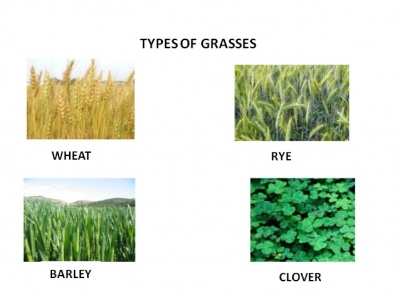
Grasses make Earth green and beautiful. There are about 9,000 kinds of grass in the world. Among them, four large groups have a close connection with Man. They are pasture grasses, the sweet grasses, the cereals and the bamboos.
Grass is the favourite food of cattle. Domesticating cows and sheeps was a great option for Man because he did not have to find food for them as they ate grass. The plains, the prairies, and other areas of grass are natural grazing places for cattle. Bluegrass, Buffalo grass, Bermuda grass, and Bent grasses are some of the most sought-after pasture grasses. The cattle can also feed on hay, which is made by drying grass. Hay can be stored as winter feed for grazing animals.
Cereal grass is probably the most important grass in Man’s life. They are the grain grasses with seeds that can be eaten. Cereal grass is named after Ceres, the Roman goddess of grain and of the harvest. They are wheat, rice, corn, oats, barley, rye, and millet.
Bamboo is the tallest among all the grasses. Some of them can grow as tall as tall trees. They can grow very fast too. Some kinds reach a height of about 21 metres in 6 to 8 weeks. One kind of bamboo is said to have grown 90 centimetres in 24 hours! While most bamboos are tall, some varieties grow only a few inches.
A grass sweetens the tea and coffee we drink every day. Of the many sweet grasses, the most important grass is sugarcane. These grasses grow abundantly in sunny, moist, semitropical places. The sweet juice of sugarcane grass is extracted by cutting the talks of the grass into pieces and crushing them. The juice is then strained and the water boiled out of it Molasses and sugar are made out of this juice. Sorghum is another such sweet grass. Sorghum is found across Africa and in parts of Asia.
Picture Credit : Google

